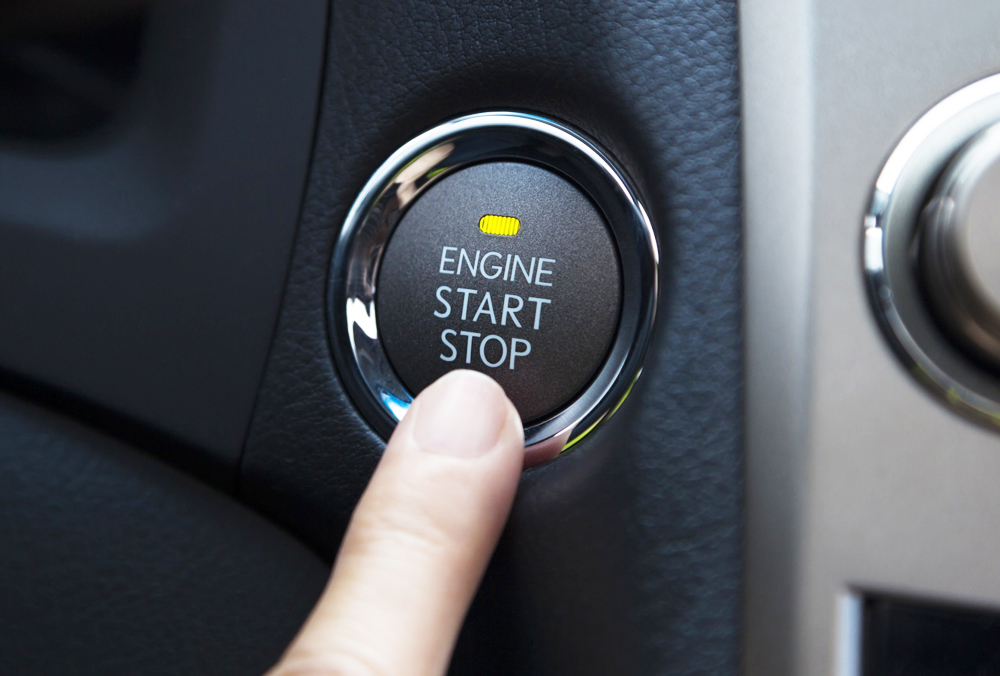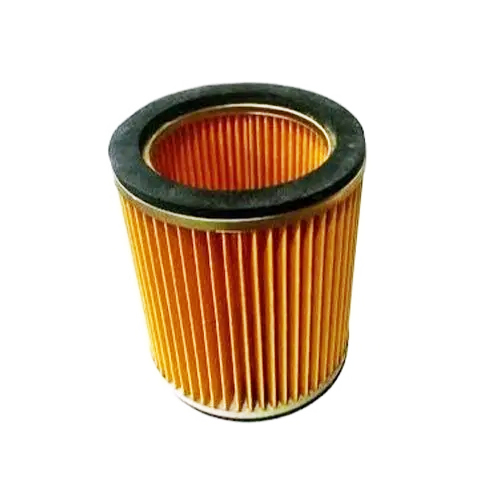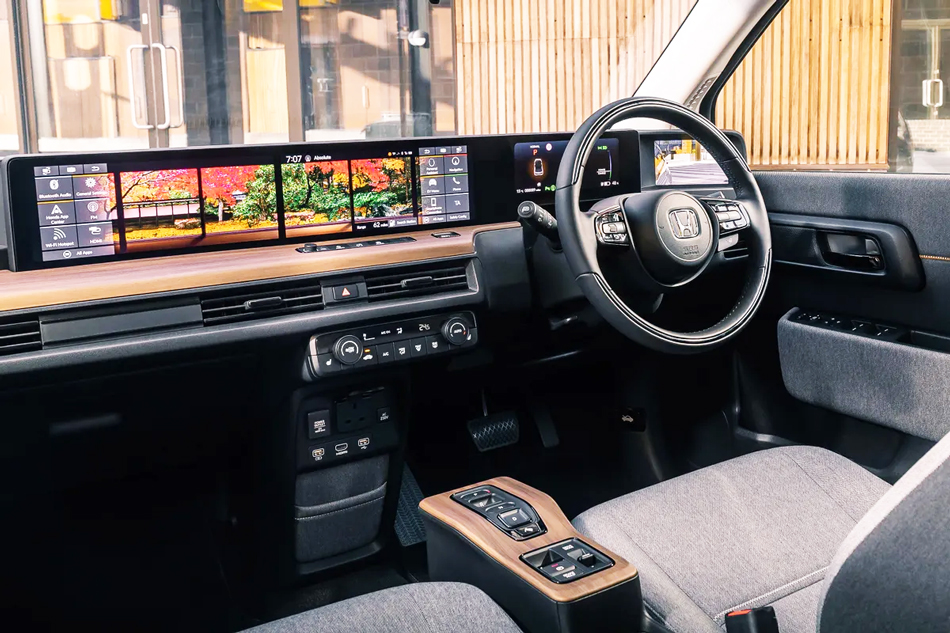Certain parts of the world experience more floods than others. During these conditions, you’ll notice water standing on the road. Avoiding these issues is impossible so performing flood parts check would prevent the situation from getting worse. These damages lead to costly repairs and the following steps must be performed to prevent them at the first place:
What to Do When Your Vehicle is Parked in Water?
After parking the car in water the following course of action must be performed otherwise flood-damaged car signs could get worse and lead to expensive repairs:
Turn the Engine Off

If you find yourself amid a puddle or a flooded street the first thing you should do is to turn the engine off. Water seeps the engine via air intake which often leads to engine stalling. Turn the light off to prevent water entry inside it. If water has accumulated within the air intake switching it off would prevent seizing.
Park the Vehicle Sideways

If dealing with floods has become a difficult task then find a higher ground and park your car there. You can even park the car on the side of the road. Use hazard lights to alert other motorists about your car. Once you’ve parked the car disconnect the battery once the engine has been turned off.
Disengage the Battery Safely
The battery is the heart of the vehicle that helps the engine with other components run smoothly. Disconnect the battery after parking the car in a safe location. After staying in the floods for a while trying to connect the battery and check electrical systems for flickering or damage.
Parts to Check After Driving in Deep Water
It is impossible for modern engines to face the water attacks which were properly handled by old vehicles. The first thing is the engine that needs to be checked after you’ve taken the vehicle into the water. If there is no issue take the car for a mechanic inspection just to confirm everything is alright:
Brakes
Brakes lose grip after submerging in water. After coming out of the water drive slowly and apply brakes a few times. Drive cautiously and give rotors and drums some time to dry.
Engine

As you drive pay attention to the way your engine moves. If you suspect any weird noises, loss of power, or jitteriness these issues have taken place due to water entry. Water doesn’t compress and its entry often leads to a hydro lock that breaks the piston’s rods further. In case you’re experiencing some issues take the car to a qualified technician for a Flood-damaged car fix.
Oil
Check water by inserting a dipstick into the oil tank. In case the oil looks milky or tiny droplets have appeared on the dipstick it has water inside it and take the car to a mechanic by calling a tow truck.
Air Filter

As the air filter gets wet you’ll find water everywhere. Continuous driving will lead to more damage and taking the car to a qualified technician would be the best course of action.
Electricals
Modern vehicles have more electricals and computers. Check the dashboard to determine whether it’s wet or not. If it isn’t wet have a look at the lights and indicators. In case of issues try to disconnect the battery and call the tow truck as soon as possible.
Interiors

Interiors including carpets and seats are susceptible to water damage. Leaving these issues unattended leads to mould formation have a look at the spare tire well and ensure that water isn’t trapped inside it as it would lead to rust formation.
If you’re experiencing concerns and unable to understand them taking it to a qualified mechanic for a Flood-damage car fix would be an ideal approach.
Flood Driving Tips
Driving in water can become a safety concern for drivers and passengers. Driving in water with a depth greater than 30 cm might shift the car. Also, shallow water has many elements that can damage your car. It would be best to choose another track and take another route to reach the destination. Before driving into flooded water ensure that you take care of the following things:
- Ensure that the car has 15cm of standing water and 10 cm of moving water.
- Drive where the water is between 2 to 3 kph
- Accelerate the car upto 5 or 6 kph creating a bow wave so that water stays out of the engine.
- Stay in first gear and keep revving up.
- Try to be on the crown of the road
- Come out of the water, and dry the brakes gently to help your car run smoothly.
- If the parts have been damaged get quality and durable parts from reputed car parts and accessories store ‘The Auto Parts Shop’ instead of driving as it is.
The Bottom Line
Driving a car in a flood can become a hassle but these driving tips can make the entire journey smooth. Determine the flood damage car problems so that the solutions can be implemented accordingly.
